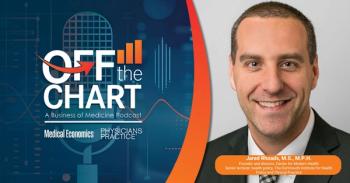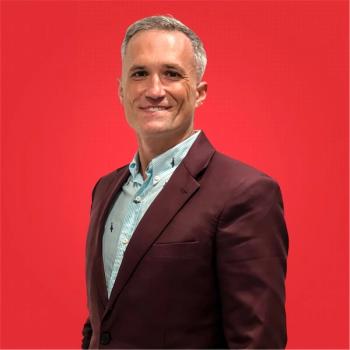
Hydrocarbon regulations bring sustainability to physicians’ practices
New regulations focused on greener initiatives are on the horizon, and buyers already see a change in various product lines.
When it comes to sustainability, one of the best weapons a physician has is a purchasing professional who is well-versed in manufacturer selection and service offerings. While purchasers of healthcare equipment may be incentivized to keep total purchase costs low, physicians should encourage them to include green delivery criteria in their selection.
There is a common misconception that “green products” are more expensive. While this may hold some truth when comparing upfront price tags, the long-term environmental benefits often accompany rich financial gains, and supply chain purchasers and planners have the power to change long-term costs through
New regulations focused on greener initiatives are on the horizon, and buyers already see a change in various product lines.
While most new regulations will be enforced closer to 2020,
Manufacturers are using these changes in regulations as an opportunity to revamp their refrigeration units in their entirety. One producer forecasts that their newer systems will cut refrigeration energy costs by up to 40 percent. Manufacturers are identifying new hydrocarbon models with a unique suffix, such as an “HC” after their model number.
Reduce, reuse and recycle are commonplace in green thinking, but repurpose can be just as important.
But don’t just save the money, invest it back into your facility. The Environmental Protection Agency found that
Another example is LED lighting, a product with a higher per unit cost than traditional bulbs but offers facilities less electrical fees and decreases the need for halogen and other hazardous materials to be removed and disposed of properly at the end of use. Your facilities refrigeration units and rechargeable battery-operated equipment are similar, where the long-term benefits will outweigh the upfront cost.
The government monitors and rewards organizations that meet or exceed energy standards, reinforcing the importance of having discussions on the sustainability and eco-friendliness of initiatives during all parts of the planning and implementation process. Missing sustainable opportunities impacts patients and facility staff in both great and small ways. It could be as small as a light bulb dying at an inopportune time or critical funds running out due to exorbitant energy costs. Reducing waste and the carbon footprint will help the planet long-term. All of these cases – and many less obvious ones – can be prevented with the help of an influential purchasing manager.
Cindy Juhas is the Chief Strategy Officer of CME Corp. CME is a national distributor of healthcare equipment representing over 1,400 manufacturers and 1.2 million items including a wide array of sustainable products and services. Along with providing the equipment, CME also offers unique services including logistics, warehousing, assembling, staging, delivery, biomedical services and installation of equipment for new facility and equipment replacement projects. Learn more at
Newsletter
Stay informed and empowered with Medical Economics enewsletter, delivering expert insights, financial strategies, practice management tips and technology trends — tailored for today’s physicians.
















